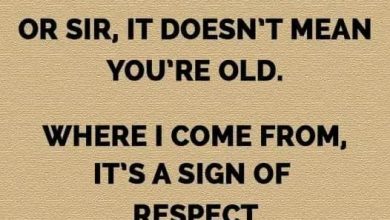The Art and History of Shorthand Writing

ADVERTISEMENT
The Art and History of Shorthand Writing
Introduction
Shorthand writing is a fascinating form of communication that has stood the test of time. The image above showcases a table of common shorthand symbols, which represent words and phrases in an abbreviated form. Shorthand was widely used for centuries, especially in journalism, legal work, and secretarial duties, due to its ability to capture speech quickly and efficiently. Despite the prevalence of modern technology, shorthand remains a valuable skill for those who appreciate the art of concise and rapid writing. This article explores the origins, uses, and relevance of shorthand in the modern era.
The Origins of Shorthand
Shorthand has a rich history that dates back to ancient times. The earliest forms of shorthand can be traced to the Roman Empire, where a system called Tironian Notes, developed by Cicero’s secretary, Marcus Tullius Tiro, was used to record speeches and debates. This early form of shorthand was based on symbols and abbreviations that could be written quickly and interpreted with ease.
In the 17th century, Englishman Thomas Shelton introduced his system called Tachygraphy, which became the foundation for several modern shorthand systems. By the 19th century, shorthand had evolved into more structured forms, such as Pitman Shorthand, developed by Sir Isaac Pitman, and Gregg Shorthand, created by John Robert Gregg. These systems became widely adopted due to their practicality and adaptability.
How Shorthand Works
Shorthand simplifies written language by using symbols and strokes to represent sounds, words, or phrases. The goal is to write as quickly as people speak. Some of the key principles of shorthand include:
- Abbreviated Words: Common words are shortened using unique symbols. For example, “able” might be represented by a single symbol, as shown in the image.
- Phonetics: Shorthand relies on phonetics rather than spelling. Words are written as they sound, which eliminates unnecessary letters.
- Economy of Movement: Strokes are designed to minimize hand movement, allowing for greater speed.
- Symbols and Phrases: Common phrases are represented by a combination of symbols, reducing the time it takes to write longer sentences.
Uses of Shorthand
In its heyday, shorthand was indispensable in many professions:
ADVERTISEMENT
- Journalism: Reporters relied on shorthand to quickly record interviews and speeches.
- Court Reporting: Legal professionals used it to transcribe court proceedings accurately.
- Secretarial Work: Office assistants used shorthand to take notes during meetings and dictations.
- Personal Note-Taking: Many individuals learned shorthand for personal use, such as recording lectures or sermons.
The Decline and Modern Relevance of Shorthand
With the advent of computers, smartphones, and voice recording technology, the need for shorthand has diminished. However, it has not disappeared entirely. Many court reporters and stenographers continue to use shorthand, as it remains faster and more reliable than typing in certain situations.
Moreover, shorthand has found a niche in creative and academic fields. Writers and researchers often use it for brainstorming and quick note-taking. Shorthand also holds historical significance, as many archival documents and manuscripts are written in shorthand, making it an essential skill for historians and archivists.
The Benefits of Learning Shorthand
Despite its decline, learning shorthand offers several advantages:
- Speed and Efficiency: Shorthand enables you to record information faster than traditional writing.
- Focus and Comprehension: Writing in shorthand requires focus, which helps improve understanding and retention of information.
- A Unique Skill: Mastering shorthand sets you apart and can be a valuable asset in certain professions.
- Cultural Appreciation: Learning shorthand connects you to a tradition of written communication that spans centuries.
Conclusion
Shorthand is more than just a method of writing—it is an art form that reflects the ingenuity of human communication. While technology has replaced many of its traditional applications, shorthand continues to hold relevance in niche fields and for those who value speed and efficiency in writing.
The symbols in the image above are a testament to the timeless elegance of shorthand. They remind us of an era when handwritten notes captured the essence of spoken words with precision and creativity. Whether used professionally or personally, shorthand remains a skill that celebrates the power of simplicity and the beauty of the written word.
ADVERTISEMENT
So, why not take a step back from modern gadgets and explore the fascinating world of shorthand? It’s a journey into history, language, and the enduring art of concise expression. ✍️✨




